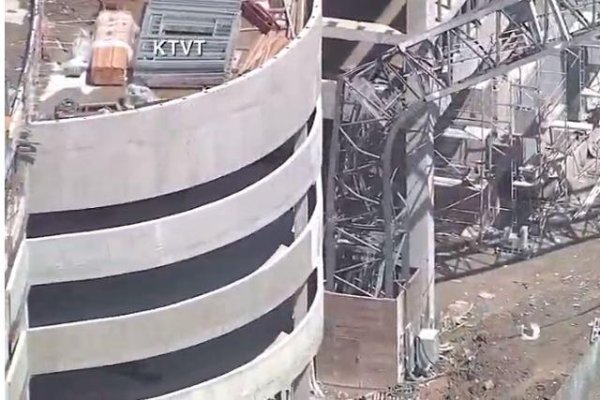The construction industry is one of the fastest-growing industries in the world, and the use of luffing tower cranes has become imperative for the successful completion of any large-scale construction project. A luffing tower crane is a kind of construction machine that is used for heavy-duty and high-rise building projects. It is designed to be with a vertical mast that has an adjustable jib or boom that can be used to lift and move heavy loads. The crane is equipped with a motorized drum and a wire rope or cable to lift and move loads around the worksite. This special kind of crane is very versatile and useful for a wide range of applications. Let's take a closer look at the importance of luffing tower cranes in the construction industry.

1. Efficient Use of Space
One of the significant advantages of luffing tower cranes is their ability to reach heights that traditional construction equipment cannot match. The towers can easily handle materials at higher elevations, above the ground level, and can move equipment, tools and other items with ease, saving valuable space on the construction site. With the use of a luffing tower crane, the construction site becomes more efficient, making it easier to manage the project and finish it within the stipulated timeline.
2. Increased Safety
Luffing tower cranes are designed with a sophisticated control system that reduces the risk of accidents and reduces damage to equipment and property. They are tested rigorously before they are put in use; hence they have been engineered to withstand any pressure, load and environmental conditions. Also, the crane operator is trained to understand the working of the crane, its limitations and how to operate it with precision. This ensures that luffing tower cranes are set up according to regulations and safety standards, and they represent a safer alternative on the construction site.
3. Affordability
Many people assume that luffing tower cranes are very expensive, but they are not. Nowadays, various kinds of luffing tower cranes are made to suit different needs and budget constraints, and there are many rental options available for those who need occasional use of the machines. And due to the efficiency of a luffing tower crane, it can save time and money for the construction company. It optimizes the work on the construction site and reduces the number of workers needed to complete tasks, which ultimately reduces costs.
4. High Load Capacity
Luffing tower cranes can handle large amounts of weight and can move easily and accurately while the crane is in operation. Depending on the model, they can take up to 100 tons of weight, making them very useful for large-scale construction projects where heavy equipment or materials must be lifted and moved efficiently.
5. Easy Maintenance and Repairs
Luffing tower cranes can be easily maintained and repaired, especially when compared to other construction equipment. Most models are built to last for a long time, but they will occasionally require some maintenance work to keep them in good working order. Routine maintenance tasks like checking hydraulic hoses and changing the oil can be easily done with a little training, and any repairs can be carried out by qualified professionals.
In conclusion, luffing tower cranes have revolutionized the construction industry in many ways. From increasing efficiency on construction sites, improving safety and reducing costs, the applications for these machines are growing with each passing day. Luffing tower cranes provide a valuable tool for builders and engineers who are looking to take on complex, high-rise construction projects. By choosing the right model, they can help construction crews to get the job done quickly, efficiently and safely, meeting and exceeding customer expectations.
